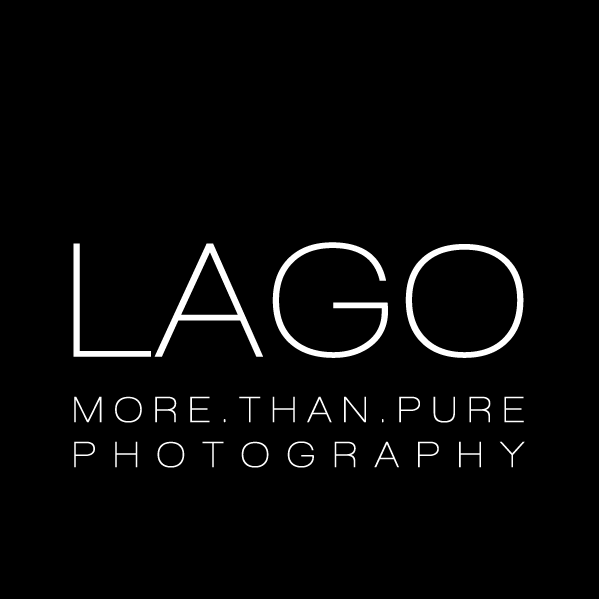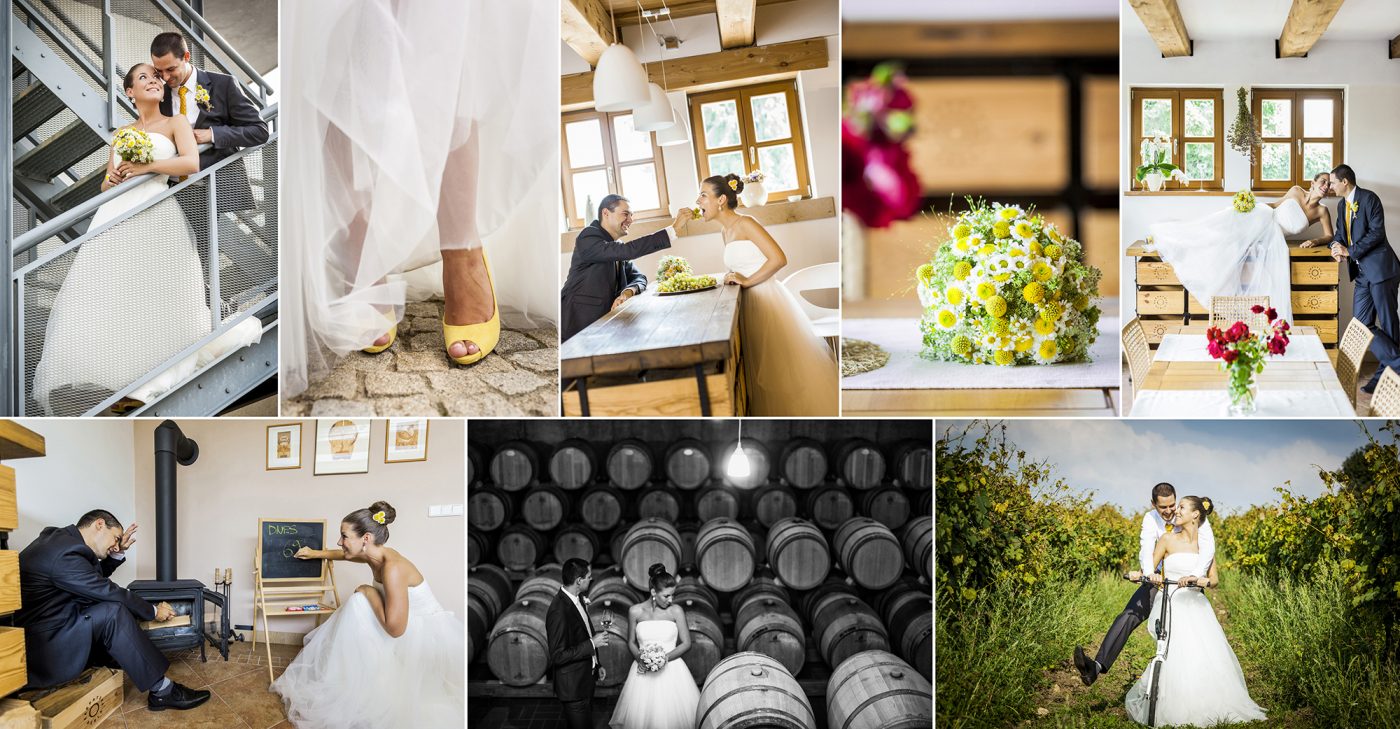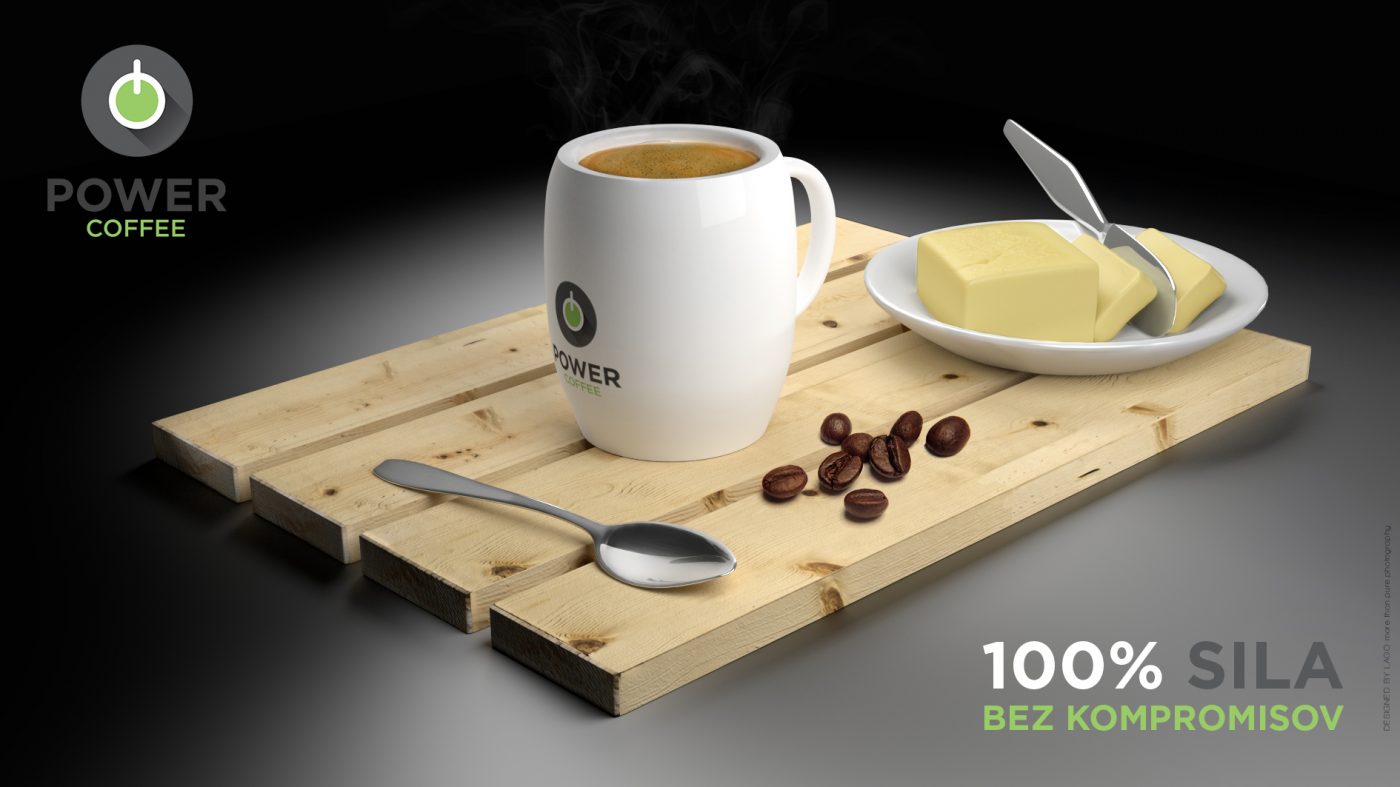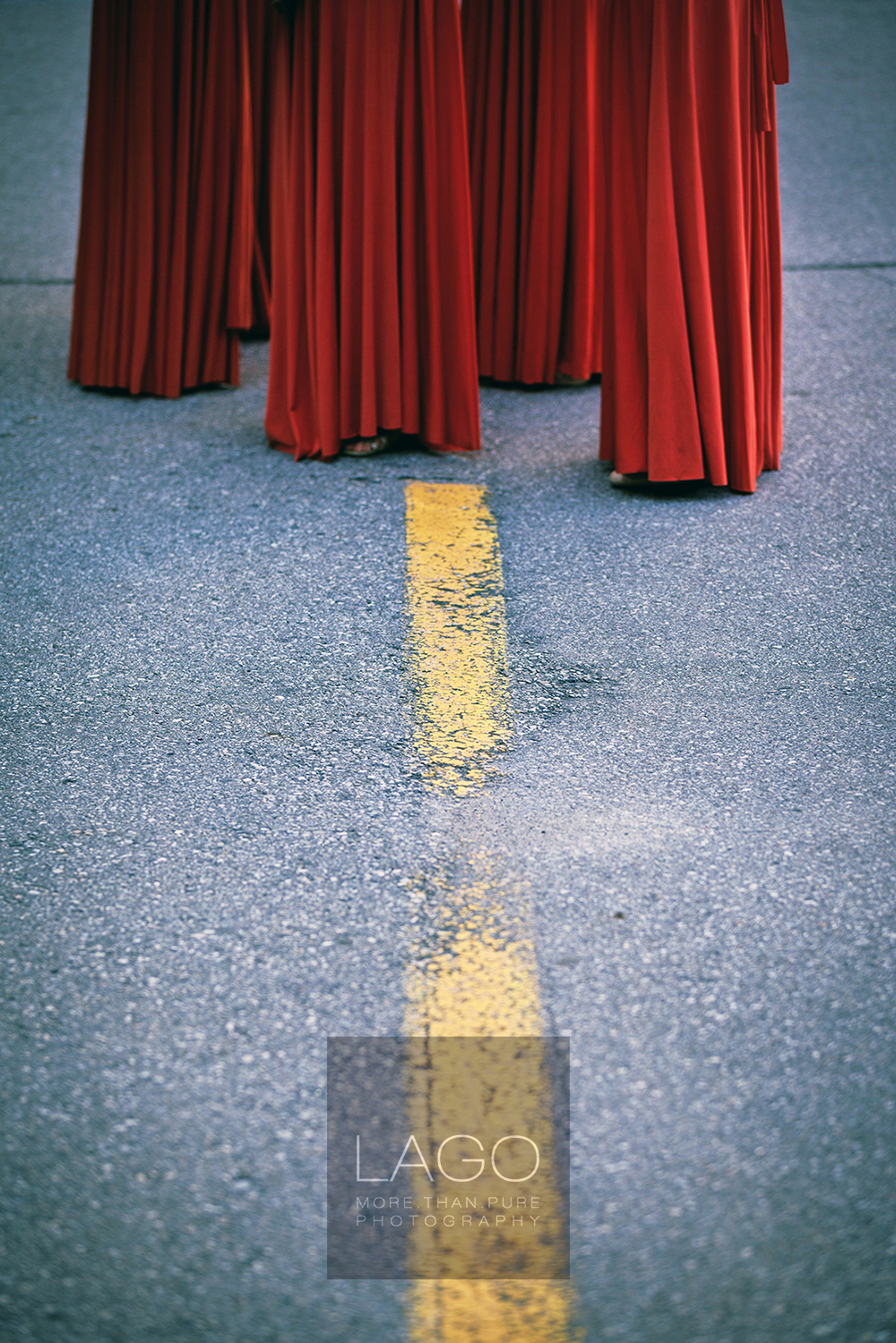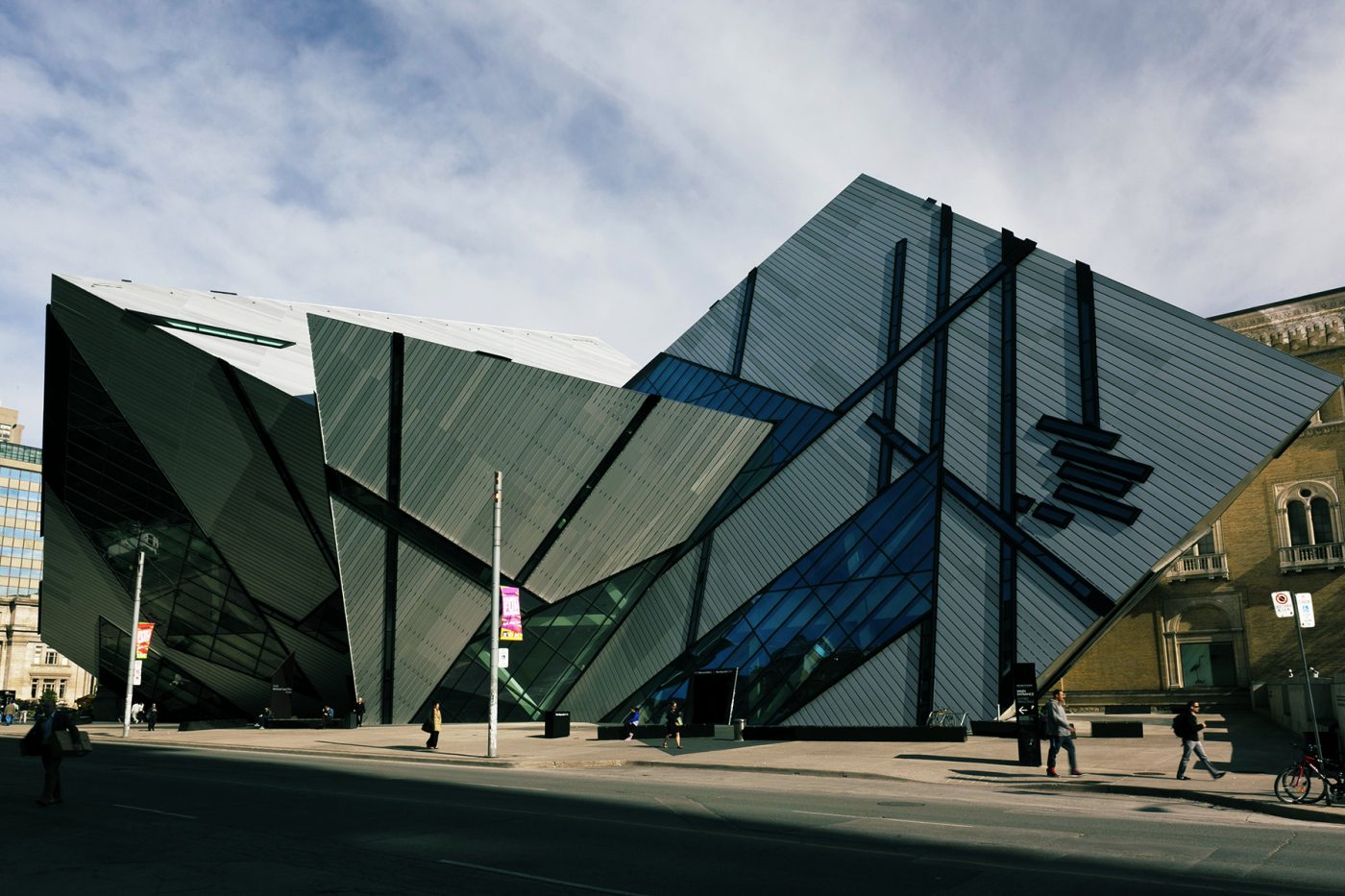Power Coffee “commercial CGI banner”
I always try to keep up with the latest trends, technologies, techniques and of course – commercial client’s demands, which are pushing your skills to the limits or even beyond. Although, being a photographer is a dream job, which allows me to express things through my perception of the world, sometimes my visual dreams are many steps ahead of reality. I can clearly recall the moment, when I saw the paintings of Salvador Dali for a first time. I was so impressed and overwhelmed, I felt like jump right into that world of his fantasy.
CGI
Recently, being already recognized as a full-time professional photographer, I came across few visually powerful advertisements and outdoor billboards, that made me really curious and I couldn’t stop asking myself – how did they do it? The answer was hidden in three letter abbreviation – CGI, which stands for Computer-generated Imagery. In terms of photography, CGI means mostly the creative workflow consisting of 3D rendering software (in my case it’s an amazing free software, called Blender) and Photoshop. As a beginner in field of CGI, I was desperately looking for some inspiration. Well, I found it pretty quickly in Radoxist Studio – 3D, CGI & creative retouching production. What a surprise – these skillful guys serving for clients worldwide are based in my hometown Bratislava, Slovakia. Well, hats off Radoxist, you’re doing a stunning job!
Blender
So, I also accepted the challenge of 2D and 3D composites, set the goal of being able to create whatever I want at the end. I started from scratch, learning step by step Blender’s UI, modelling objects, texturing them, and so on… I’m still a beginner in terms of what Blender is capable of.
Yesterday, I created a CGI scene including coffee mug, plate with butter, and coffee beans… All right, this excercise was absolutely intentional. I was ask to do so by my friend Dusan Plichta, to support his start-up idea known as Power Coffee. Well, you can find the rendered and Photoshoped image above. If you like it and wanna support my, as well as Dusan’s work, please share or like this post.
Take care and stay tuned for my next works.
Matus / LAGO more.than.pure.photography
bridesmaids
picturesque views taken by iPhone lens

ROM [royal ontario museum]
The Royal Ontario Museum (ROM) is a museum of world culture and natural history based in Toronto, Ontario. It is one of the largest museums in North America, attracting over one million visitors every year. The museum is located north of Queen’s Park in the University of Toronto district, with its main entrance facing Bloor Street.
Established on 16 April 1912 and opened on 19 March 1914, the museum has maintained close relations with the University of Toronto throughout its history, often sharing expertise and resources. The museum was under the direct control and management of the University of Toronto until 1968. It then became an independent institution. Today, the museum is Canada’s largest field-research institution, with research and conservation activities that span the globe.
Designed by Toronto architects Frank Darling and John A. Pearson, the architectural style of the original building is Italianate Neo-Romanesque, popular throughout North America until the 1870s. The structure is heavily massed and punctuated by rounded and segmented arched windows with heavy surrounds and hood mouldings. Other features include applied decorative eave brackets, quoins and cornices.
The new main entrance to the Royal Ontario Museum, Daniel Libeskind’s The Crystal, first opened in 2007. The Deconstructivist crystalline-form is clad in 25 percent glass and 75 percent aluminium sitting on top of a steel frame. The Crystal’s canted walls do not touch the sides of the existing heritage buildings, used to close the envelope between the new form and existing walls. These walls act as a pathway for pedestrians to safely travel across “The Crystal”.
